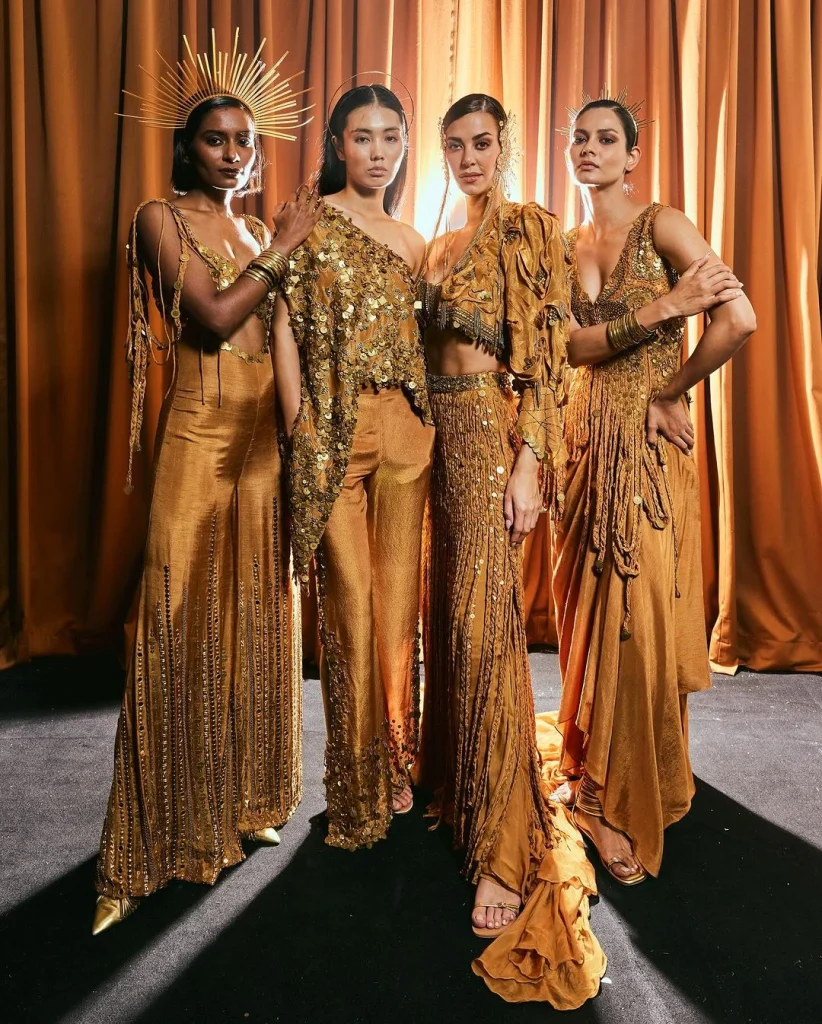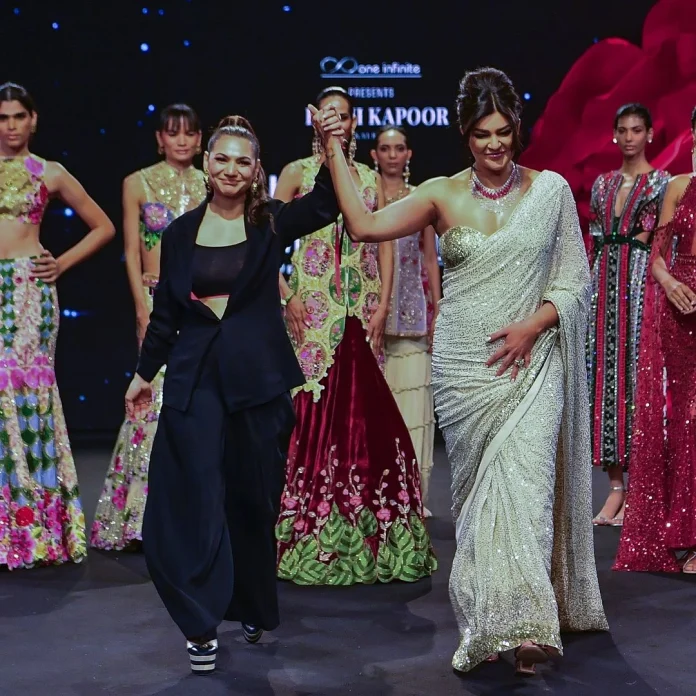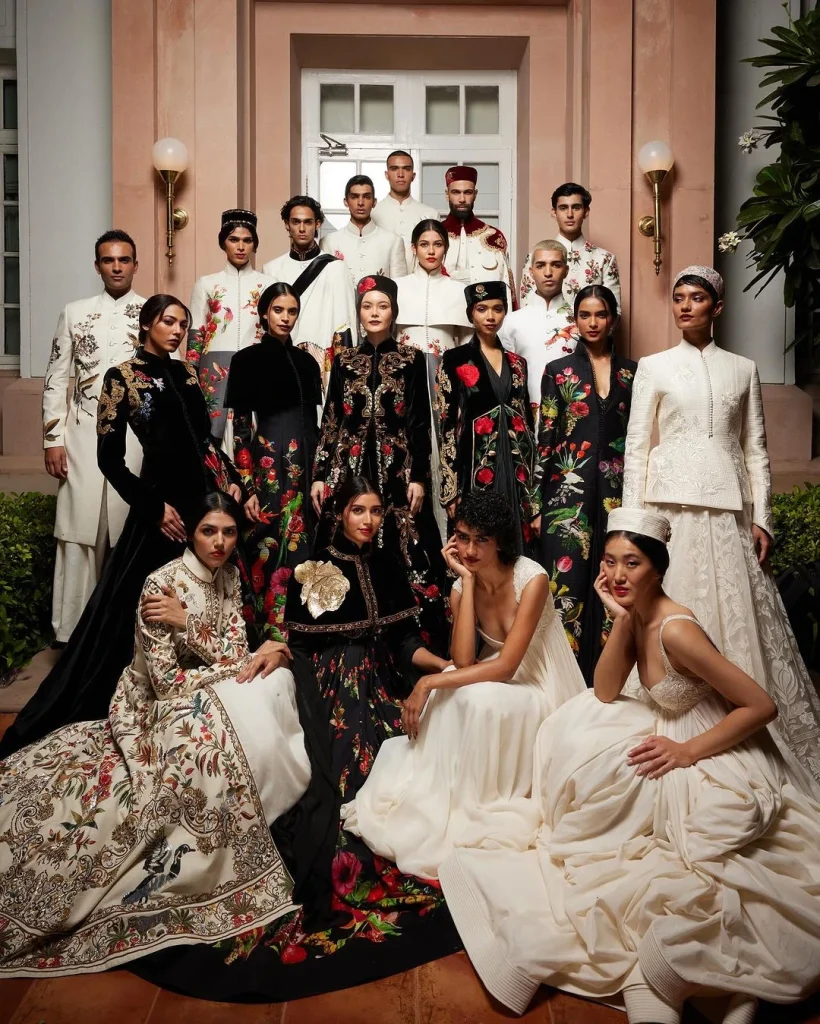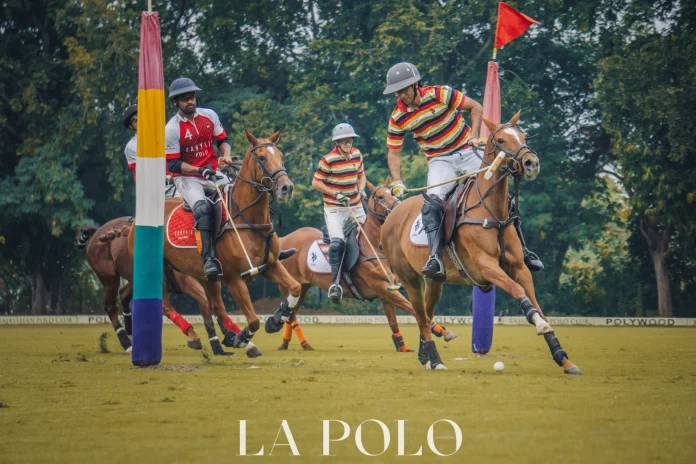Next year marks the 25th anniversary of Lakmé Fashion Week, a premier platform that has launched renowned Indian designers like Gaurav Gupta and Rahul Mishra while spotlighting emerging talent. Over the years, it has evolved into a dynamic celebration of India’s rich cultural heritage, with a strong focus on sustainability, inclusivity, and creative freedom. Despite these achievements, the question arises: does Lakmé Fashion Week compare to the ‘Big Four’ fashion weeks, and can it stand as a worthy global contender? Here’s a close look:
Standout Moments from Lakme Fashion Week 2024
- Celebrities took to the runway, including Shefali Shah for Abraham and Thakore, Fatima Sana Sheikh for the NIF Global Kothrud show, Shilpa Shetty for One Infinite presenting Megha Bansal, Sobhita Dhulipala for Punit Balana, and many more.
- Adding modelling to her resume, sports legend Manu Bhaker took to the runway for the Marks and Spencer show.
- Shriya Saran’s impeccable dance performance for Payal Singhal.
- Payal Jain’s collection is inspired by her journey across Uzbekistan. It paid homage to the region’s cultural and artistic history with Uzbeki tile motifs and vibrant, colourful garments.
- When it comes to drama on the runway, Tarun Tahiliani definitely turned heads, with Aditi Rao Hydari as the showstopper who came in a NEXA car. The collection took a future-forward approach through the use of modern aesthetics and minimal elements.
- The stunning grand finale by Rohit Bal and House of Lakme was the ultimate way to wrap up the event with his poetic ode to nature and the art of transformation.
Navigating Challenges
To better understand Lakmé Fashion Week’s current standing, it’s essential to examine its evolution and the key moments that shaped its growth. Over the years, various administrative and managerial challenges have influenced its trajectory. One significant shift occurred in 2005, when the main organizing partners—IMG Fashion, Lakmé, and the Fashion Design Council of India (FDCI)—parted ways. This led to the creation of two competing fashion weeks in Mumbai and Delhi, leaving designers and guests to choose between the two, ultimately fragmenting the industry.
Additionally, renowned designers like Sabyasachi opted to showcase independent collections, bypassing Lakmé Fashion Week altogether. These developments posed a setback to the industry. However, in 2021, Lakmé and FDCI reunited with a renewed focus on elevating Indian fashion on the global stage. With international buyers such as Selfridges, Galeries Lafayette, and Rinascente participating in this year’s edition, organizers are hopeful that this partnership will further boost India’s fashion presence globally.
Moving Towards a Sustainable Future
As climate change takes center stage, brands are increasingly prioritizing sustainable accountability. This season saw several notable sustainability initiatives, starting with reusable water bottles designed in collaboration with Pero, an Indian brand known for its sustainable practices and dedication to Indian craftsmanship. The bottles, adorned with poppies inspired by the brand’s FW16 collection Pippi Goes to Poppy Fields, were distributed to attendees, models, designers, and staff—a meaningful step towards fostering sustainability within the industry.
Young designers also embraced eco-conscious practices in their collections, using materials like vegan silk, hemp, and handloom cotton, while employing traditional techniques such as block printing and embroidery. This approach highlighted the seamless blend of Indian craftsmanship with modern sustainability. Ananya the Label’s Zazen collection exemplified this fusion, featuring plant-based fabrics and intricate designs paired with contemporary silhouettes. Another key initiative was the 6th edition of the R|Elan Circular Design Challenge, in partnership with the United Nations, which recognized young designers and entrepreneurs pioneering circular fashion practices, further reinforcing the event’s commitment to sustainability.

Inclusivity Stand
Inclusivity has long been a point of contention in the fashion world, but the past five years have seen a significant shift in casting for both runway and campaigns. Recent shows have embraced skin tone diversity, with models like Naomi Janumala and Pratik Shetty making their mark internationally, encouraging the domestic market to follow suit. Additionally, Lakmé Fashion Week has increasingly featured models that challenge conventional body type norms.
This year, designers like Rina Dhaka, known for promoting body diversity, continued to advocate for inclusivity at her 2024 Dark Romanticism showcase, alongside Saisha Shinde. Gaurang Shah’s All Pink collection also celebrated varied body types and extended inclusivity to age, offering a refreshing take on the runway.

Celebrating New Talent
Lakmé Fashion Week 2024 continued to serve as a powerful platform for emerging designers to showcase their work to international buyers, media, and industry professionals. Known for launching the careers of celebrated designers like Rahul Mishra, Vaishali Shadangule, and Masaba Gupta, this year’s event featured bold, experimental designs that redefined contemporary Indian fashion. The showcase reinforced Lakmé Fashion Week’s role as a key launchpad for young talent, solidifying its commitment to nurturing the next generation of designers.
The standout of this year’s GenNext Show was the Chor Bazar collection by NIF Global Kothrud students Chetan Mali and Mahendra Choudhary. Drawing inspiration from Mumbai’s iconic marketplace, the collection blended retro aesthetics with eco-conscious practices, celebrating the rich cultural heritage of the city while incorporating both nostalgic and innovative design elements.
Lakmé Fashion Week 2024 has solidified its position as a pivotal event in the fashion industry, showcasing India’s growing influence on global trends. With a strong focus on sustainability and diversity, LFW is pushing boundaries and reshaping industry norms. The event continues to feature a diverse range of models and eco-conscious practices, underscoring its commitment to making a positive impact on fashion. The GenNext show highlighted emerging designers, reinforcing LFW’s role as a vital launchpad for the next generation of Indian fashion talent.
However, Lakmé Fashion Week still faces challenges in competing with the ‘Big Four’—Paris, Milan, London, and New York—when it comes to global recognition. While it has gained prominence through international collaborations and buyers, there is still room to expand its global influence. To reach the next level, LFW must continue attracting high-profile designers, strengthen partnerships with major brands, and boost its global media presence. With a strategic focus on these areas, Lakmé Fashion Week has the potential to rival the world’s leading fashion events.






